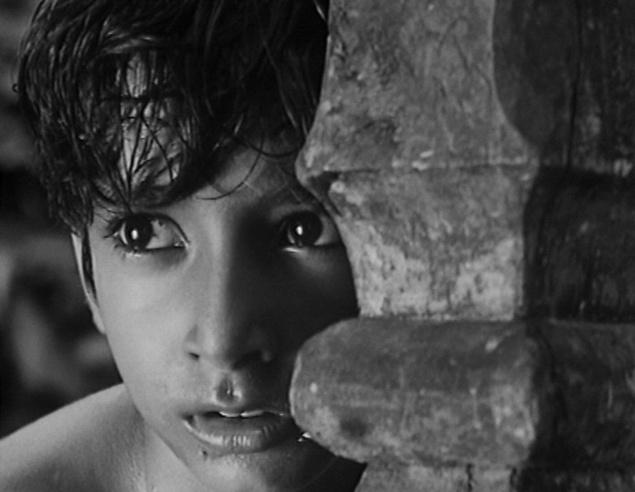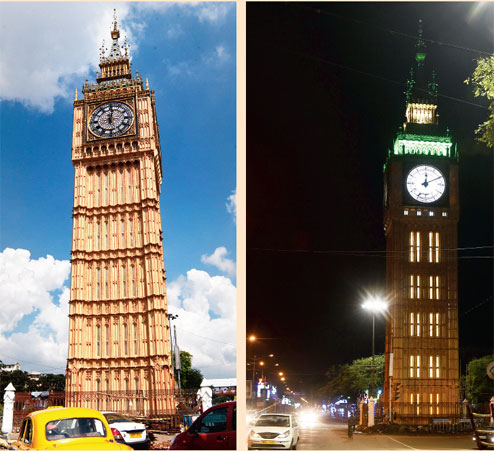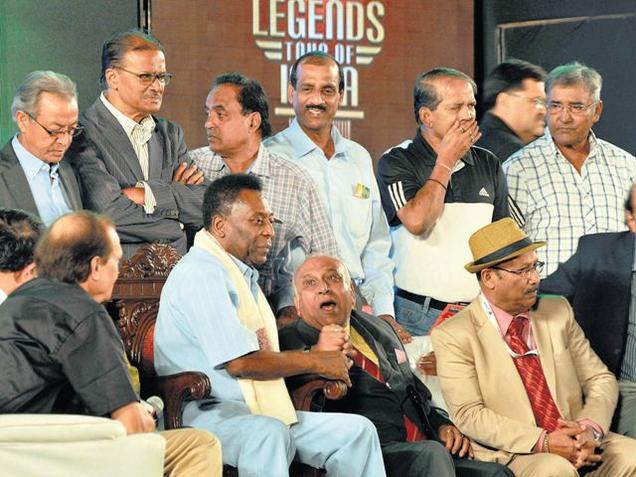
The man responsible for the distinct visual vocabulary of “Pather Panchali”, has unfortunately been forgotten.
Subrata Mitra was an observer of Jean Renoir when he was shooting The River at Kolkata in the late 40s. It was at this juncture he came across Satyajit Ray who was also a keen Renoir observer. Both struck a creative chord and agreed to work together.
No wonder when Satyajit Ray made his debut as a writer-director with Pather Panchali, he had Mitra as his cinematographer. The teaming of Ray, Mitra Ravi Shankar, Dulal Dutta and Banshi Chandra Gupta was perhaps the greatest combination in Indian cinema. With a Michele camera, Mitra created wonders in Pather Panchali. The incomparable use of natural light during the monsoon rains, shots of the kash flowers and a running train in the distance created cinematographic magic. Mitra won a National Award for his camera work in Pather Panchali.
By the time Aparajito went on floors, the Arriflex camera had arrived in the cinematic world. Mitra made superb usage of bounce lighting during the indoor shots in Aparajito. Prior to Aparajito, bounce lighting was unknown to Indian cinema. Even the iconic Ingmar Bergman made use of this technique years later in Through A Glass Darkly.
Mitra can best be described as the perfect cinematic eye of Satyajit Ray. So well did he understand Ray’s thoughts, imagination and visualisation that his camera interpretation of them was sans any flaws. Apur Sansar, Jalshaghar, Devi, Teen Kanya and all Ray films bore the masterly Mitra stamp of cinematography. When Ray decided to shoot Kanchenjungha in colour, it was a challenge for Mitra. Without opting for too many special effects or cinematographic jugglery, he used close-ups to capture the panorama of the Himalayas. The montages were lyrical. The first ever freeze shot in Indian cinema was used to perfection by Subrata Mitra in Charulata.
After Nayak in 1966, Ray and Mitra parted ways. It was mainly due to creative and not egoistic differences. Mitra believed in certain visions which did not gel with Ray’s.
They drifted apart with dignity never criticising each other in public. Ray’s films after Nayak lacked the genius of Mitra’s cinematography. Mitra sans Ray was also not at his altruistic best. One of Indian cinema’s greatest tragedies.
James Ivory and Ismail Merchant worked with Mitra very well in Householder, Shakespearewala, Bombay Talkies and The Guru. In Householder, Mitra used tight close-ups of Shashi Kapoor and Leela Naidu, five in quick successions creating visual poetry. Raj Kapoor made sure Mitra cinematographed Teesri Kasam for Basu Bhattacharya. The shot of the train through a hole in Hiraman’s (Raj Kapoor) cart shot without a tilt still haunts.
The genius took a sabbatical from cinematography in mid 70s. He returned in 1986 to shoot Ramesh Sharma’s New Delhi Times. The shot of Shashi Kapoor running in a dream sequence as his newspaper office burns remains a lesson in cinematography.
Mitra spent his last years teaching cinematography at SRFTII, Kolkata. He was an expert of monochrome and favoured soft colours compared to stark ones. He considered Saath Pake Bandha, Dakhal and Drishti truly well-lit films.
As Pather Panchali is completing 60 years Pather Panchali it is sad that the camera architect of the classic has been forgotten. Mitra still is an idol for any aspiring cinematographers.
source: http://www.thehindu.com / The Hindu / Home> Features> Friday Review / by Ranjan DasGupta / October 22nd, 2015

